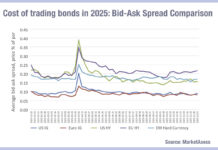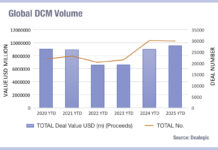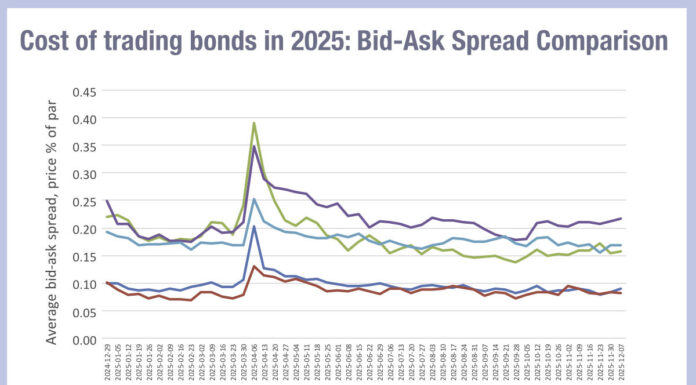Buy-side traders have observed that close ties in the trading team based on the targets on an investment – be that corporate or government based – can help optimise both trading and investment in securities, by designing strategies based on goals more than on instruments.
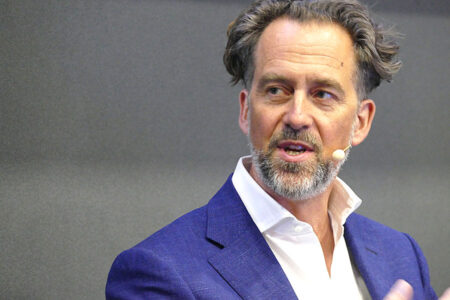
“The reality is that markets are getting increasingly interconnected, the whole capital structure is trading like one,” said Eric Böss, global head of trading at Allianz Global Investors, speaking at TradeTech in Paris. “Not even 20 years ago, people started to mimic corporate bonds by just selling out-of-the-money puts and creating something very similar. Looking at the last 15 years, post-global financial crisis the individual parts of the capital structure are closely linked, and hence markets are trading closer to each other.”
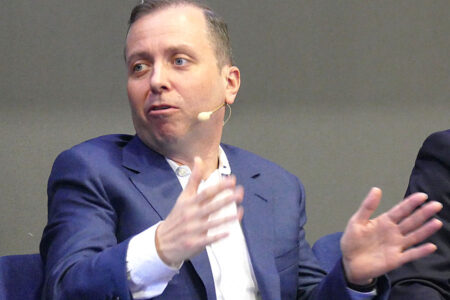
Matt Howell global head of derivatives and multi-asset trading at T. Rowe Price also noted that the growth of multi-asset trading was starting to drive the increased use of cross asset and mixed cash/derivatives solutions. “Multi-asset investors in particular are getting more sophisticated, they’re keen to fill in the gaps in their geographical model, in terms of where they can allocate and what tools they can use in equity, and fixed income as well,” he said. “We’re seeing fixed income investors increasingly looking to equities for ways or pitching or expressing ideas. There were moments years ago when the NASDAQ was a great duration hedge for example. We’ve definitely seen that kind of cross-asset interest. One of the challenges in Europe is the liquidity levels right now don’t necessarily match our ambitions.”
This needs to be taken advantage of by trading desks, he observed, not only in their behaviour but in their internal organisation and ability to communicate across asset classes. “You can’t trade credit without knowing what happens in equities – well you can, but it helps a lot if you have equity traders and corporate traders in the very centre,” Böss said. “Getting the derivatives team in the middle, that’s super helpful, because trading high yield without equity volatility – they would just miss a very important tool.
That interconnectedness should exist because it reflects the market. Trading has to adjust to that, and investment processes have to adjust to that.” Howell observed that understating where trading should sit in relation to asset class expertise was fundamental when building the trading function. “Whether we were going to embed trading within the Centre of Excellence that we developed for derivatives use, or go out to the individual trading teams and bring them up to the point we had reached,” he said. “If you look at where the credit markets going, macro credit and understanding how that all stacks up, and how those products speak to one another, is a critical skill set, regardless of what product you’re executing it through. So, our ambition was very much to fit the whole trading team into the derivatives journey, rather than create pockets of expertise.”
©Markets Media Europe 2024
©Markets Media Europe 2025



